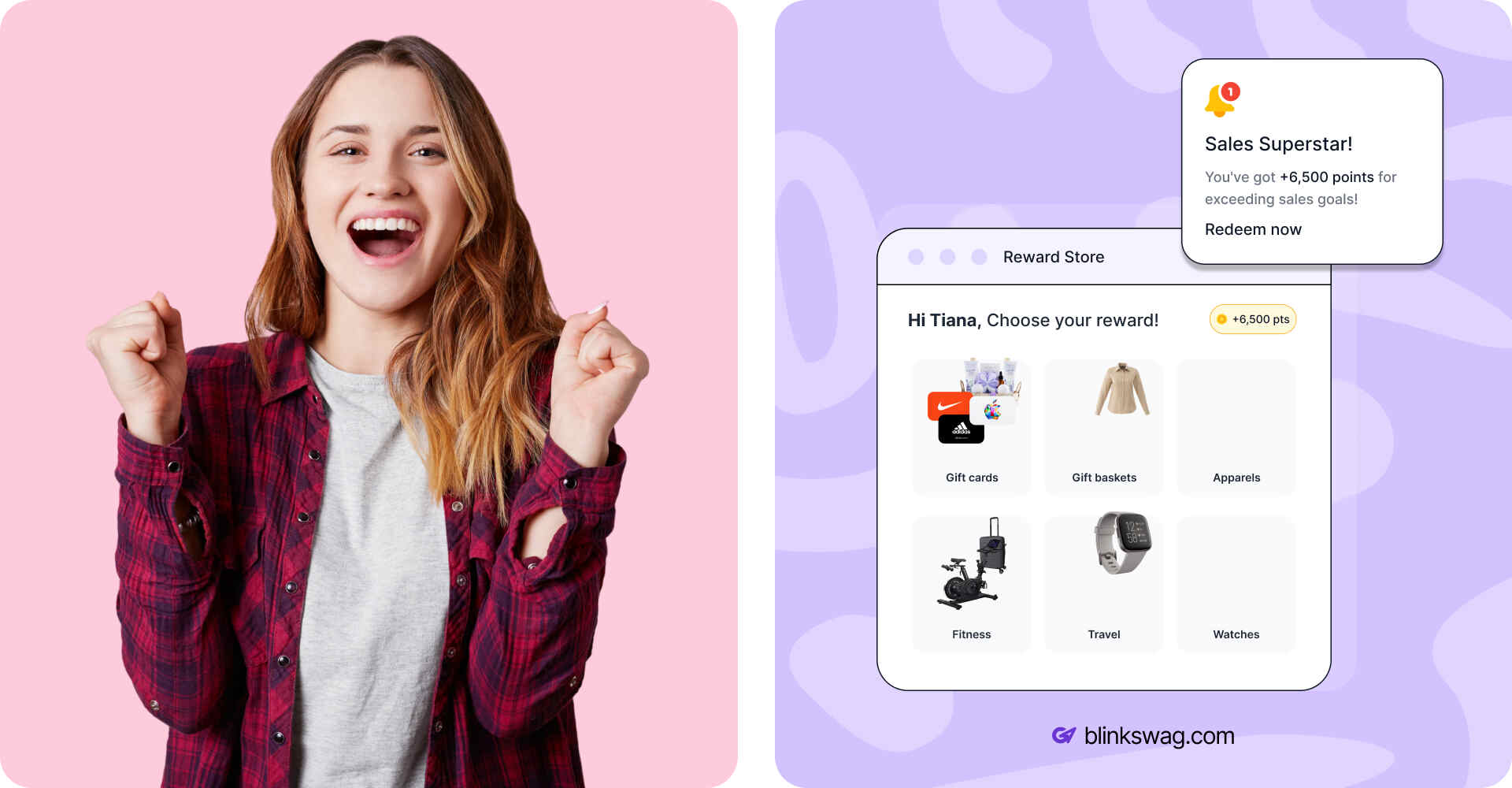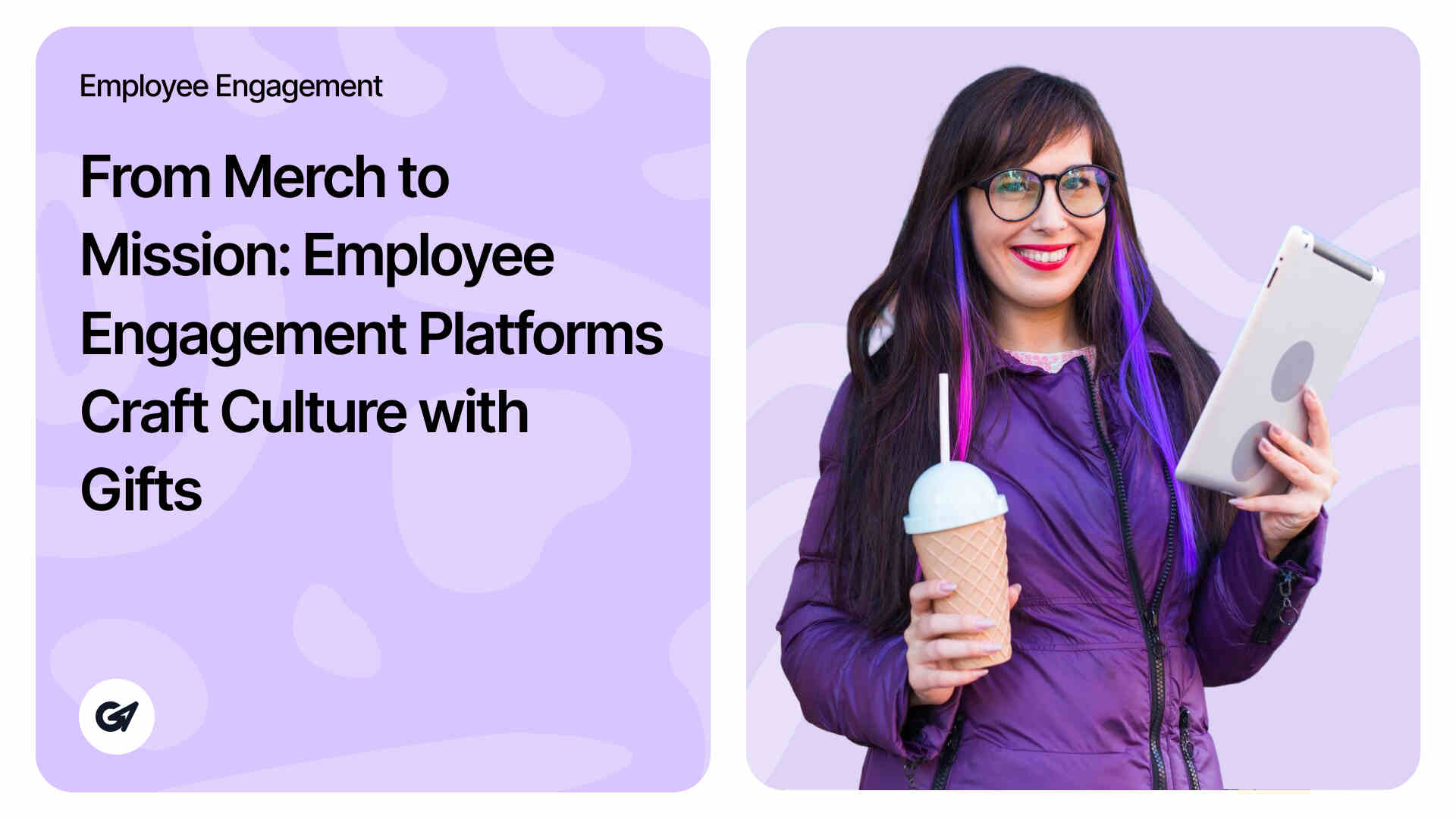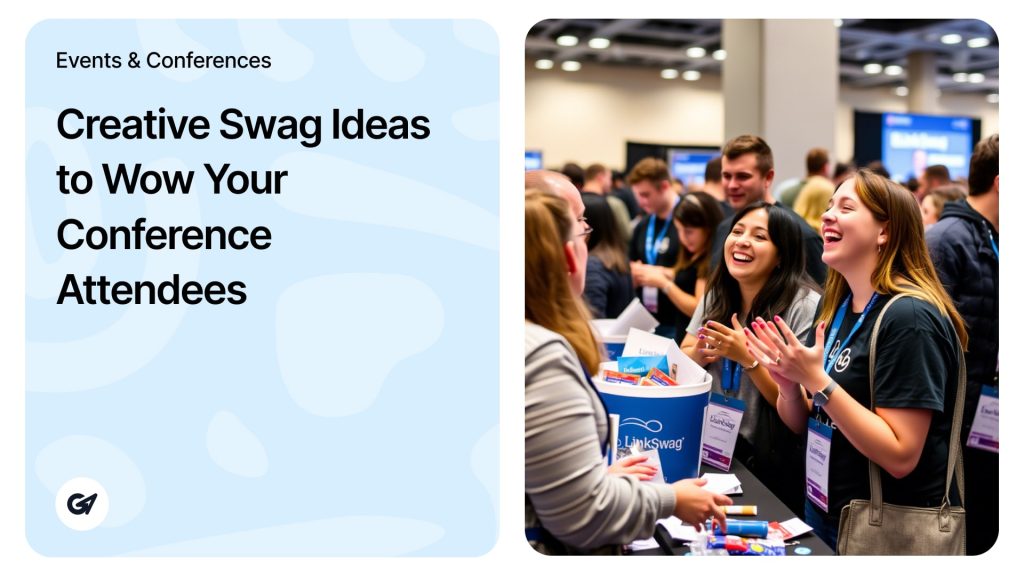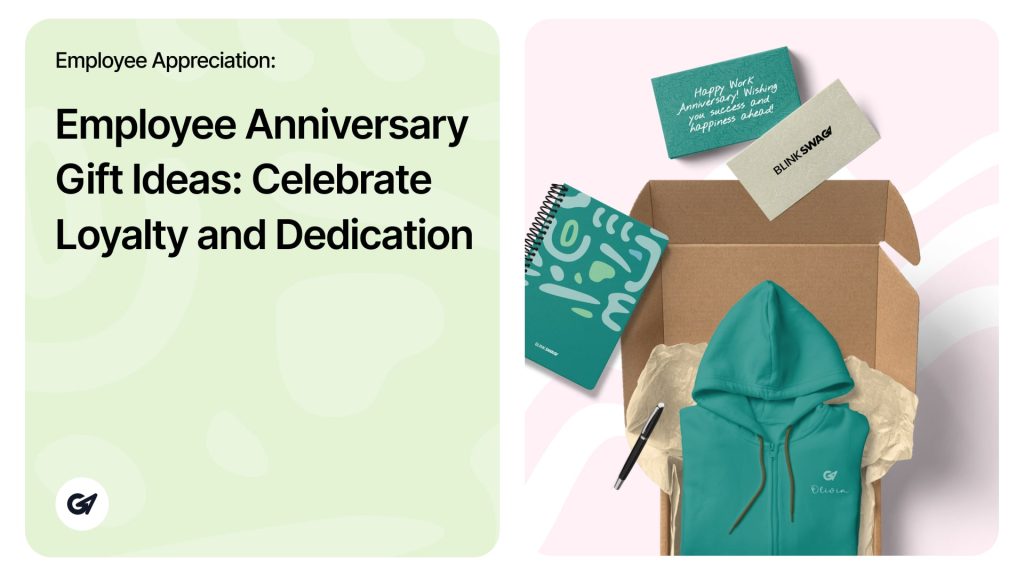For too long, corporate giving meant transactional, impersonal “merch” like holiday swag or old service awards that had nothing to do with how much an employee really meant to the company. However, a more effective approach is emerging, focusing on the company’s “mission.”
Giving gifts is turning into a smart way to show appreciation for someone, and it’s all connected to the values we want to see every day at work. The employee engagement platform is the technology that makes this possible.
It lets companies move from giving out simple rewards to building a culture around a meaningful goal.
The problem with the “merch” model

Only 23% of workers worldwide are actively involved in their jobs. An estimated $8.8 trillion, or 9% of the world’s GDP, is lost as a result of this lack of participation.
Traditional corporate gifts may appear advantageous, but they’re not. The “merch” concept is outdated and fails to serve employees and the company’s goal. This makes it unsatisfactory.
It’s impersonal and forgettable
Anyone can wear a generic present box or a T-shirt. Since it’s not tied to the employee’s work, the present is quickly forgotten and doesn’t make them feel valued.
It’s disconnected from performance
Merch often appears unexpectedly. Was it for scoring? Because you helped coworkers? Without action, the prize is weaker. The prize becomes random rather than serving as a substantial incentive for good behavior.
It doesn’t build culture
Generic presents are cultureless. They don’t reflect your company’s values or encourage creativity or teamwork. The merch model doesn’t convey your argument.
It’s an administrative headache
Managing the merch model presents a logistical challenge. The method wastes HR and managers’ time and is inefficient and expensive. It requires spreadsheet management, inventory management, and package delivery to remote workers.
The “mission” solution: How platforms transform gifting
Employee engagement platforms are replacing the old “merch” model with a strategic, “mission-driven” method. These tools streamline gifts by seamlessly integrating praise into daily tasks. Instead, they become a powerful way to build culture. This is how they do it.

Tying gifts to values
Platforms don’t just give out prizes at random; instead, they link each gift to a specific positive action. In this way, praise becomes a clear sign of what’s most important.
- Behavior-based reward: Gifts are given for actions that follow business values like “customer obsession,” “collaboration,” or “innovation.”
- Mission in action: When an employee gets points, they are rewarded with a public letter that explains why. This makes the company’s mission real and clear for everyone to see.
Personalization and choice
Gifts that are the same for everyone rarely work. Platforms get around this problem by giving workers the freedom to pick a prize they really want.
- Points-based system: With a points-based system, employees get points for being recognized instead of getting a set thing.
- Curated catalogs: They can exchange these points for a lot of different things, such as
- Top-notch goods and technology
- Concerts, classes, and other unique events
- Well-known gift cards
- Giving money to any cause they choose
Timely and public recognition
Delaying recognition reduces its effectiveness. Thanks to platforms, praise is swift, clear, and a normal part of work life.
- Moment-to-moment praise: When you connect tools like Slack and Microsoft Teams, bosses and peers can praise you right away.
- Impact amplified: Public praise in a team channel honors the person, inspires the whole group, and reinforces cultural norms.
- Peer-to-peer culture: This gives everyone the power to recognize and reward good work, not just managers. It makes the workplace more linked and helpful.
Data and insights
Giving gifts is no longer an unnecessary cost. These days, platforms offer powerful analytics that check the health of your business culture.
- Track what matters: Leaders can see which ideals are being talked about the most and which ones might need more attention.
- Find trends in engagement: Dashboards show which teams are highly engaged, which culture factors have the most impact, and which teams might become disengaged before they become a problem.
- Make smart choices: This information turns recognition into a business intelligence tool that gives clear insights to improve the health of the company.
The outcome: A culture built on recognition

Giving presents connected to the mission changes the company culture, not just makes employees happier. By replacing generic stuff with meaningful appreciation, organizations build a positive reinforcement cycle that yields enduring effects.
This strategy concretizes desired behaviors. Rewarding acts that reflect corporate values show what’s important. Validating employees’ contributions boosts morale and makes them feel valued. Feeling valued motivates people to stay and work harder.
This creates a good, “recognition-rich” workplace where appreciation is daily. A self-sustaining culture based on gratitude and mission commitment is the result.
Beyond the gift box
The merch-to-mission route goes beyond improving the company gift closet. It deliberately turns a fundamental expense into an investment in your company’s greatest asset—its people.
Technology links incentives to principles, proving the present isn’t important. Genuine recognition, connection, and a shared mission matter. A gift like that creates a culture worth joining.




